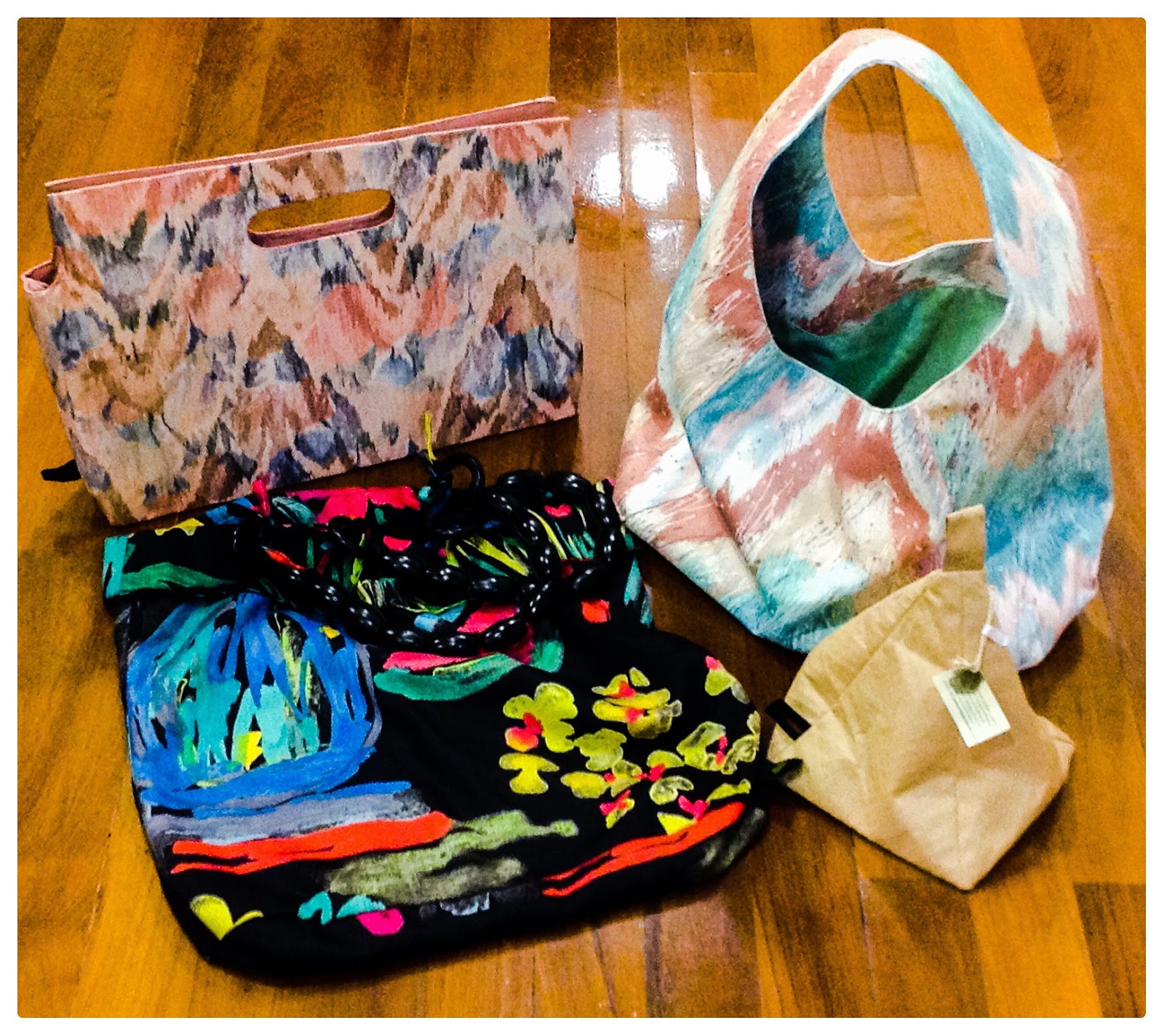Handprint, a short film aimed at raising awareness of the challenges of
garment workers and jewellery producers around the world.
I am also motivated by the fact that most resources I found from books such as 'Overdressed: The Shockingly High Cost of Cheap Fashion' to online articles and lifestyle blogs articulate the issues surrounding fast fashion from a Western consumer perspective. They talk about how physical and cultural distances eliminate any empathy towards the exploited garment workers and ensures disregard towards the environmental impact of fast-fashion. Often, they also try to advocate for locally made fashion. But the problem here is I live in Singapore so these arguments don't necessarily apply. How I see it, these things are happening in my backyard and yet most are still oblivious to the situation.
More alarmingly, the rise of middle-class consumers across Asia and particularly China means that the level of consumption is set to rise dramatically in this part of the world. According to the UNDP's 2013 Human Development Report, two-third of the global middle-class will be found in Asia by 2030. Coupled with lower awareness of sustainability issues as compared to Western consumers, this is a potential recipe for social and environmental disasters.
| Consumer expenditure growth (% change) clothing and footwear | |||||
| Region | 2013 | 2014 | 2015 | 2016 | 2017 |
| Asia and Australasia | 3.4 | 8.7 | 10.4 | 10.5 | 10.4 |
| Western Europe | 0.8 | 0.6 | 1.5 | 1.5 | 2.9 |
| North America | 2.3 | 3.2 | 2.9 | 3.0 | 3.3 |
| Source: The Economist Intelligence Unit | |||||
To make matters worse, retail landlords in China are even aggressively luring fast fashion retailers to set up shops in their malls through lucrative deals such as waiving base rent in return for a percentage of the store's turnover. The success of international fast fashion brands have also encouraged Asian retailers such as the Metersbonwe Group to speed up their production process and inventory turnover thus contributing to existing problems that includes the pollution of Yangtze and Pearl Rivers.
Aside from fast-fashion retailers, high technology adoption across the region has also led to the growth of widely-read fashion blogs and blogshops that further fuel the demand for short-lived fashion fads. For the uninformed, a blogshop is an online retail business that leverages on blogging platforms such as Blogger, LiveJournal and WordPress to sell highly affordable products. It is an extremely popular retail platform in Singapore that allows thousands to make side incomes. According to Blogshopsingapore.sg, there were over 50,000 blogshops in 2011, the estimated average income of a blogshop is around S$1440 and the estimated retail price of a blogshop product is S$20. The website also wax lyrical about the advantages of blogshop shopping.
As with fast fashion retailers, blogshops rely heavily on high stock turnover and low cost garments for their business model. Blogshop owners usually source cheap clothing from the region or City Plaza, a fashion wholesale mall although increasingly many owners have taken on the role of designer to give themselves an edge in the competitive blogshop-sphere. Given their unsustainable retail model, I wanted to research on the social and environmental impacts of blogshops. There were none. Instead, what I found were glowing articles praising the entrepreneurial spirits of these blogshop owners such as the blogshop couple that own MGP (My Glamour Place) that reportedly makes S$30,000 a month in 2011 selling dresses that retail for about S$30.
Returning back to the workshop, I was curious if anyone would raise the issue of ethical fashion or whether I had the guts to raise my hand and disrupt the workshop by asking the blogger if she ever thought of the hidden costs of fast fashion but I thought better of it. As much as I'd like to, I could tell they had put in a lot of effort to organise the workshop and it would be terrible of me to ruin it. That said, I hope that - even if the possibility is remote - some of the girls I met at the workshop might come across my blog and re-think their fashion stance and embrace the ethical fashion ethos.




















